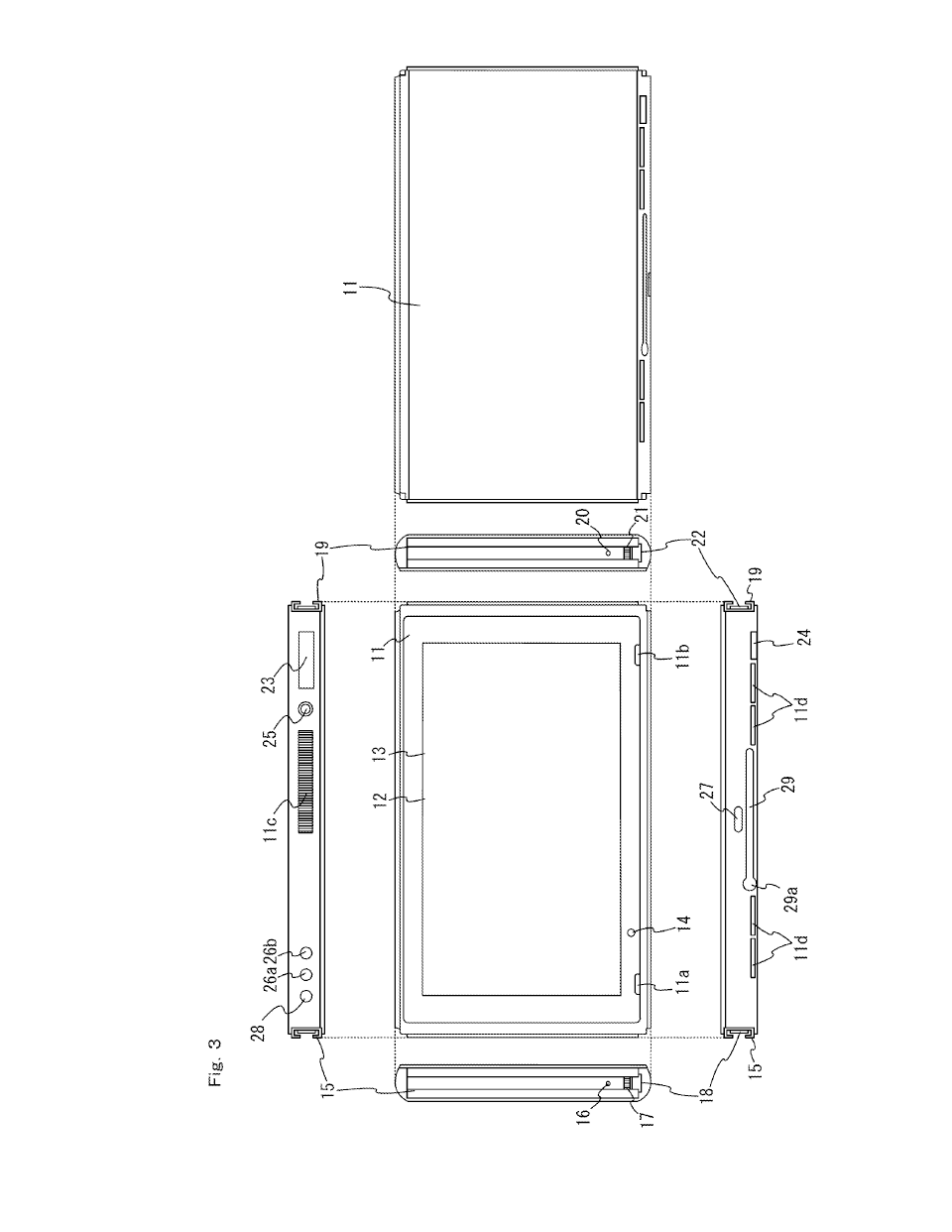Refreshment.01
Member
The fact that the feature is not described in this latest patent means it won't be included in the device that is launching March 2017. We already have precedents of similar final product patents with the Wii U and Wii.Here's a question you might be able to answer, Skittzo. Earlier this year, Nintendo filed a patent which dealt with removable controllers which are non-electronic and whose button presses, etc. are "read" by an IR camera/sensor (link to the Gaf thread on it). While the joycons themselves are obviously electronic and communicate both via an electrical connection and bluetooth, it would seem like the other patent would be a natural fit for Switch, allowing them to sell additional custom controllers at a very low cost (potentially bundled with games). Reading through the patent, though, I don't see any reference to this sort of functionality.
My question is, effectively, if they were pursuing the IR controller tech, would it be expected that they would also include details of it in this patent (given that it appears to cover almost all functions of Switch's hardware)? Or, is the fact that they've already got a patent pending for it enough that they wouldn't include it here?
However, the fact that the implementation of the IR camera doesn't match the previous patent doesn't mean the functionality won't be included in the Switch. If you look at my previous post, the latest patent cites using the IR camera in the right Joycon inside electronically simplified control shells which inputs are read in an optoelectrical way. As well as using the sensor for Wii like pointing, Biometrics, Pulse reading, Hand Gesture Recognition.
i remember doing some speculation of the advantages of having the Image Sensor on the detachable controllers:
refreshment.01 said:http://m.neogaf.com/showpost.php?p=215867721
Instead of what people normally speculate about having diferent attachments. Nintendo could develop just two attachments, use the image senors inside them and let the user remove the top part of the controller with buttons...
http://m.neogaf.com/showpost.php?p=217280673
2. IRS in the detachable parts. Let's assume each detachable part is a Reverse Wii Remote in which the IR sensor points inward to measure button input. Even with the inclusion of Blutooth and IMS, the device becomes cheaper to produce than one with a more standard PCB.
But anyway, the reason why it is in the right Joycon is obvious: Flexibility.
- Given the Hybrid nature of the Swicth the IR camera in this position compliments the device better, since it can be used in more setup and scenarios. Like docked, when held in the hands or when set up with the kick stand.
- Modularity. Remember the Wii Remote? Well since a Joycon is even more smaller it's modularity is amplified. This means you can set inside shells with different form factors. These shells would be cheap and could use the Joycon buttons and stick as well as the IR camera to track Infrared reflective inputs.
- With the camera inside a Joycon, the user can point the sensor to any direction. This would have been far more limiting with the camera inside the Swicth's right part instead.
Understandable, there's too much material to read.My mistake then, I didn't have time to read it over from the patent as I'm jumping between a lot of things.
The reason my dumb brain could pick up those details with a quick read was because many of the features described matched speculations i had in previous NX/Switch threads.


